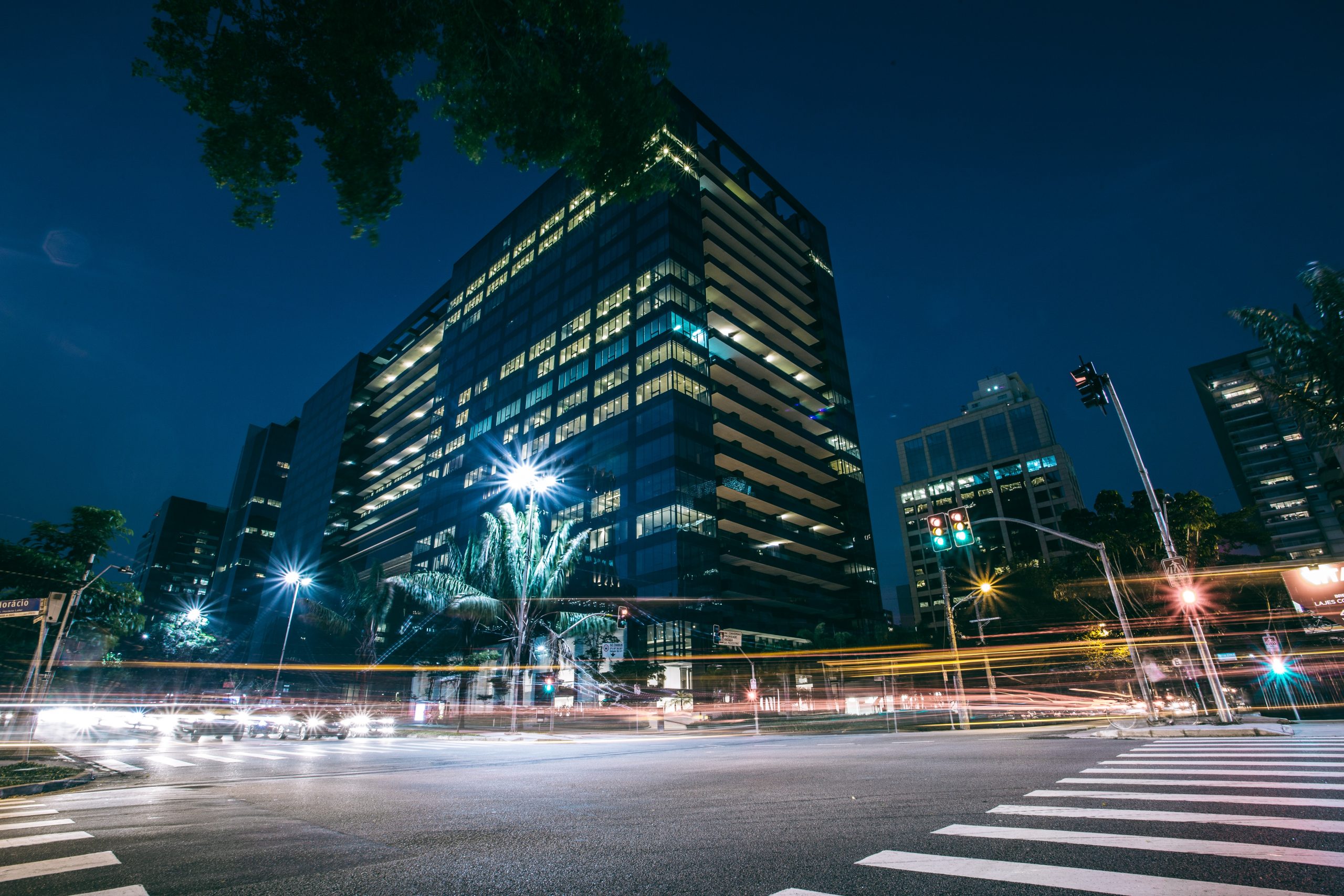HST is a tax that applies to goods and services sold in Canada. It was designed to make business transactions more convenient and streamlined. However, the Canadian government made the system optional, and many provinces opted not to adopt it. As a result, British Columbia, Saskatchewan, Manitoba, and Alberta still use a provincial sales tax. In addition, the Northwest Territories and Nunavut still impose local sales taxes. Only Yukon doesn’t impose any type of local sales taxes. Originally, British Columbia abandoned the HST, but three years later it returned to a provincial sales tax system.
GST
GST and HST are tax systems that apply to supplies of goods and services in Canada. However, certain businesses are exempt from paying them. Certain businesses include taxi businesses and charities. In addition, the GST/HST system limits the amount of input tax that can be reclaimed by businesses. There are a number of conditions that must be met when a business is registered for GST/HST.
GST is a federal tax that is equal to 5% of the price of goods and services. Most goods and services are subject to GST, with certain exceptions, such as some medical services, music lessons, and child care. Since GST is a consumption tax, businesses do not pay it themselves but pass it on to consumers. They collect the tax and report it to the government.
In addition, the GST/HST applies to the sale of a tour package. A tour package includes two or more services or property, such as a tour that involves accommodations, transportation services, or the right to use a campground or trailer park. The price of the tour package may include a guide or interpreter. For more information, see GST/HST Memorandum 19.1.
PST
In Canada, there are two forms of sales taxes: the GST and the PST. The GST applies to the entire country, while the PST is collected by individual provinces. For example, the province of British Columbia collects a provincial sales tax on taxable goods and services. The GST rate is 5 percent across the country, but the rate varies within each province.
The HST is a consumption tax that combines the federal goods and services tax (GST) and the various provincial sales taxes (PST). The harmonized sales tax is used by five Canadian provinces. Its supporters say that it improves business competitiveness by reducing administrative costs and resulting in lower prices for consumers. The combined rate of the federal GST and the provinces’ PST is 15% across the country.
The GST/HST applies to most supplies made in Canada. Most sales of goods and services are subject to it, and most electronic commerce transactions are taxed as well. Depending on the type of supply, the sourcing rules vary but in general, intangible personal property (IP) is sourced at the place where the rights are used, whereas services are sourced at the seller’s location in Canada.
Zero-rated supplies
Zero-rated supplies in Canada are goods and services that are exported from Canada. As such, they are exempt from GST or HST. However, you may be asked to obtain a GST or HST registration if you are not a resident of Canada. This will help you avoid paying additional taxes on the goods and services that you import from Canada.
Zero-rated supplies in Canada include some goods that are used for domestic purposes. Examples of zero-rated supplies include prescription drugs and medical devices. Other goods and services that qualify for zero-rated treatment include agricultural and fishing supplies used to build an international bridge. Depending on the province in which you’re importing zero-rated supplies, you must determine if the goods will be taxable.
Non-residents who live in Canada can also obtain zero-rated supplies. Some services may qualify, including emergency repair services, storage of empty cargo containers, and repair parts. In addition, some non-residents can supply goods to Canadian customers.
Point-of-sale rebates
If you have made a qualifying purchase, you may be eligible to receive a point-of-sale HST rebate. These rebates are automatically applied to your HST return by CRA. These rebates do not affect your ability to claim input tax credits. You should also report HST exempt items on your HST return if you are eligible for them. If you are eligible for a point-of-sale rebate, simply report the purchase on your HST return.
There are also rebates available for eligible goods and services from First Nations. These goods and services must have been imported to Ontario in the last year. To claim the rebate, simply complete the Application for Rebate of Ontario Portion of the Harmonized Sales Tax (HST) for First Nations. Then, save at least 100 of your receipts and submit the form to the Ministry of Finance.
Point-of-sale rebates apply to goods sold to consumers, but they also apply to items purchased through foreign suppliers. For example, a UofT department may buy a kayak in June 2010 and not transfer ownership until August 2010. This purchase is subject to HST, but the buyer accounts for the BC/Ontario portion of the HST during the GST/HST reporting period. Then, they exchange the kayak for another product and receive an additional payment for it.
Small suppliers
Many small suppliers in Canada do not have to register for the GST or HST, and this is entirely fine. However, there are certain exceptions. These are listed below. If you are a small supplier, you will want to register as soon as possible. In addition, you will be eligible to claim input tax credits.
To be considered a small supplier, you must be a sole proprietorship, partnership, or corporation that makes less than $30,000 in taxable supplies during the previous four quarters. You may not qualify as a small supplier if you sell to charities or public services. However, if you are a small supplier and don’t sell to large companies, you can choose to register.
If you own a small business that focuses on taxi services, you must register to collect the HST and GST. You must also register if you sell to customers in Quebec. You can also self-assess the PST and GST. If you are a zero-rated supplier, the GST and HST rates are zero. In addition, some businesses must self-assess the GST and HST on certain supplies.
Some provinces have harmonized their Provincial Sales Taxes with the GST. However, some continue to charge the two separately. To qualify as a small supplier in Canada, you must make sales of at least $30,000 in a 12-month period. Non-resident online marketplaces are not considered to be a small supplier.
Tax base
The HST is a new type of sales tax in Canada that combines provincial and federal sales taxes into one levy. The tax on goods and services is applied at the point of sale. Vendors collect the tax by adding the HST rate to the cost of the goods and then remit the proceeds to the Canada Revenue Agency. The CRA then distributes the provincial portion of the HST to the provinces.
The HST is applied to most goods and services sold in Canada. It is also charged on some electronic commerce transactions. Depending on the type of goods sold, different sourcing rules apply. For example, a tangible personal property is sourced in the province where the rights to use it are used, whereas a service is sourced at the location where the seller sells it.
Although the HST is a new tax, the new legislation also makes certain types of goods and services exempt from the tax. In Ontario, for instance, the resale of existing homes is not taxed. However, renovations are. Most provinces also exempt books from HST. Other exemptions include those for residential heating sources. These sources include firewood and wood pellets.
Rates
If you’re planning to do business in Canada, you should be aware of the various HST rates. This tax is collected by the Canada Revenue Agency and remitted to the participating provinces. While some provinces have lower rates than others, all five charges some form of tax. In addition, some provinces have zero-rated services, which means they don’t charge HST on them.
The HST is intended to simplify business operations and to lower the cost of doing business in Canada. However, because it is voluntary in Canada, many provinces have chosen not to adopt it. For example, British Columbia, Saskatchewan, and Manitoba still apply their own provincial sales tax. Alberta and the Northwest Territories levy a federal goods and services tax, and Yukon doesn’t have its own sales tax. Three years later, British Columbia abandoned the HST and reinstated its provincial sales tax system.
In Canada, there are different rates for HST and GST for different products and services. HST is applicable on most products and services, except for zero-rated supplies. Zero-rated supplies include housing that is no longer occupied by the owner. They also include long-term rentals of residential space. Other zero-rated supplies include medical, dental, and child-care services. Also, domestic ferry services, educational and legal aid services, and health-care services are not subject to HST. However, the government also requires businesses to collect HST or GST on their supplies.

